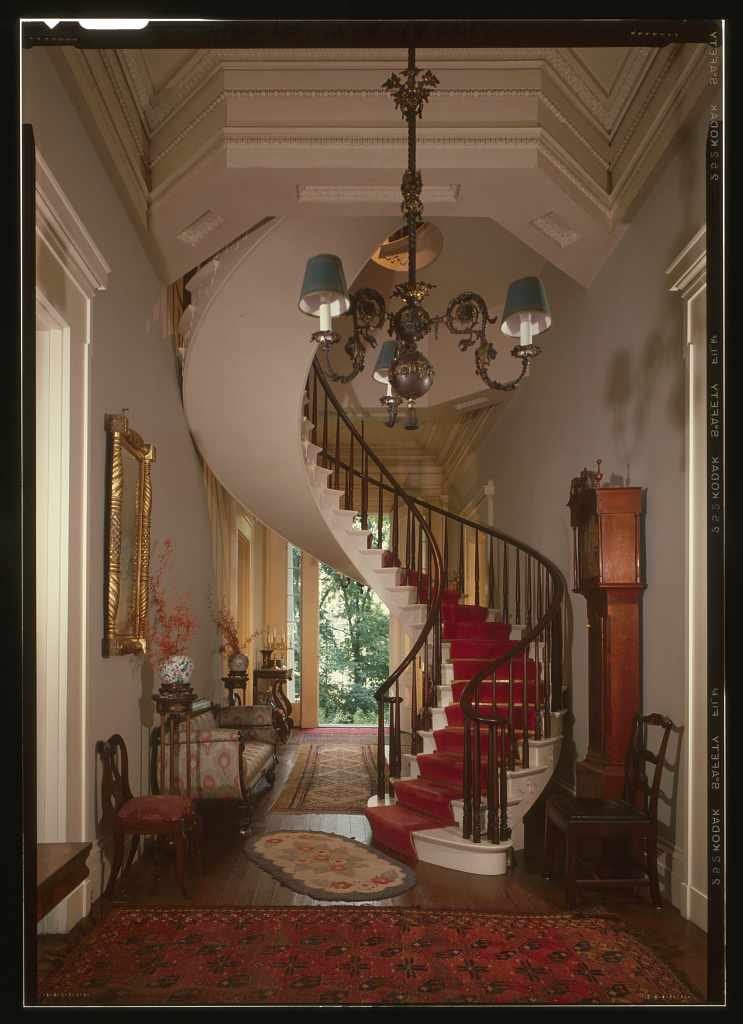Historic American Building Survey
Architectural Heritage

The Historic American Building Survey (HABS) started in 1933 as a work program for architects, draftsmen and photographers affected by the Great Depression. The collection is administered by the National Parks Service and accessible online with the cooperation of the Library of Congress and the private sector.
The task was to record historically significant places that represent the architectural heritage of our nation. Since then, over 43,000 historic structures have been documented with photographs, architectural plans and written reports.
In 1969, the Historic American Engineering Record began as a sister project (HABS/HAER), followed by the Historic American Landscape Survey (HALS) in 2000. All three of these ongoing projects are known collectively as Heritage Documentation Programs.
Recorders have documented historic places that range from early Native-American adobe dwellings to examples of modern design. And not just historic houses, but several buildings types and structures including barns, schools, windmills, public buildings, skyscrapers, bridges, parks, museums, banks and shops.
Examples have been selected by Historic Details from the Heritage Documentation Programs to feature specific elements of design and architectural styles of historic places in the United States.
Resources
- About the Heritage Documentation Programs
- Material from the Heritage Documentation Programs collection is generally considered to be in the public domain